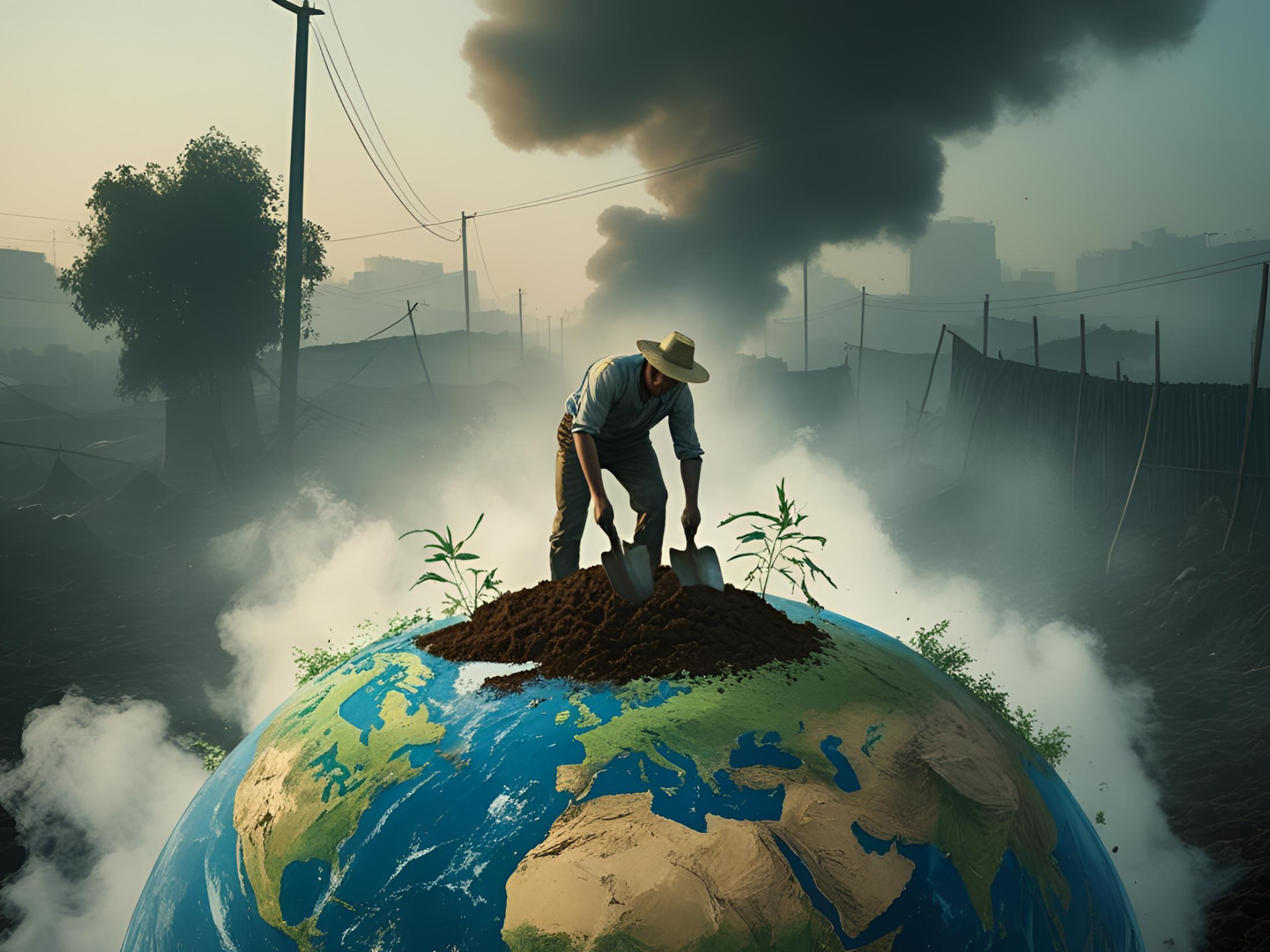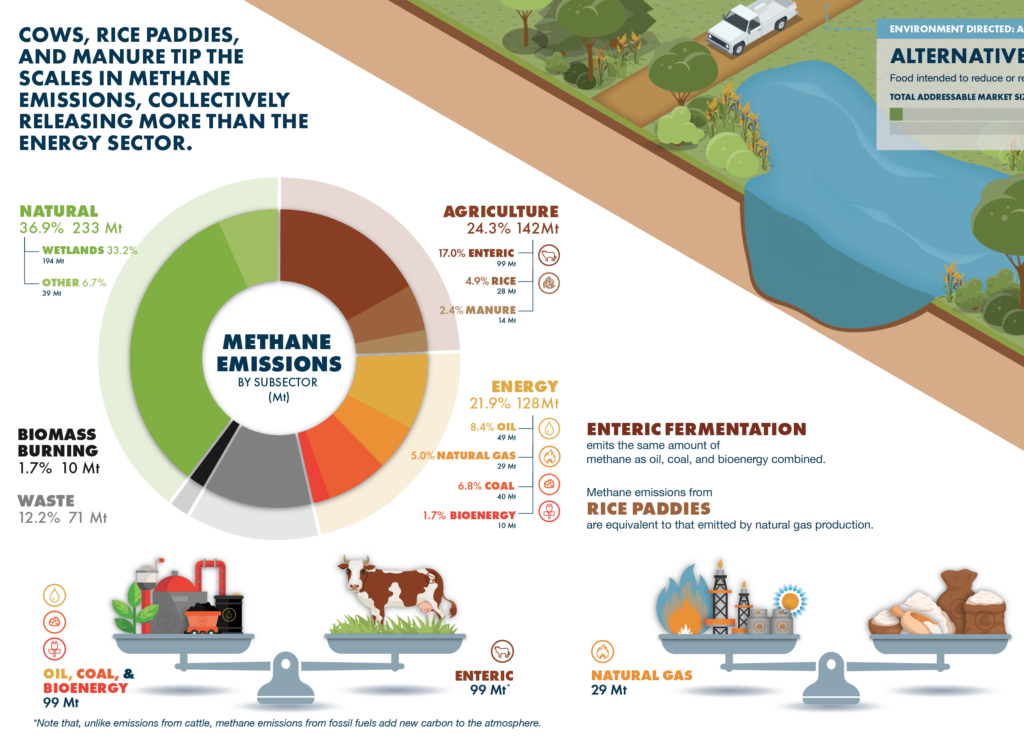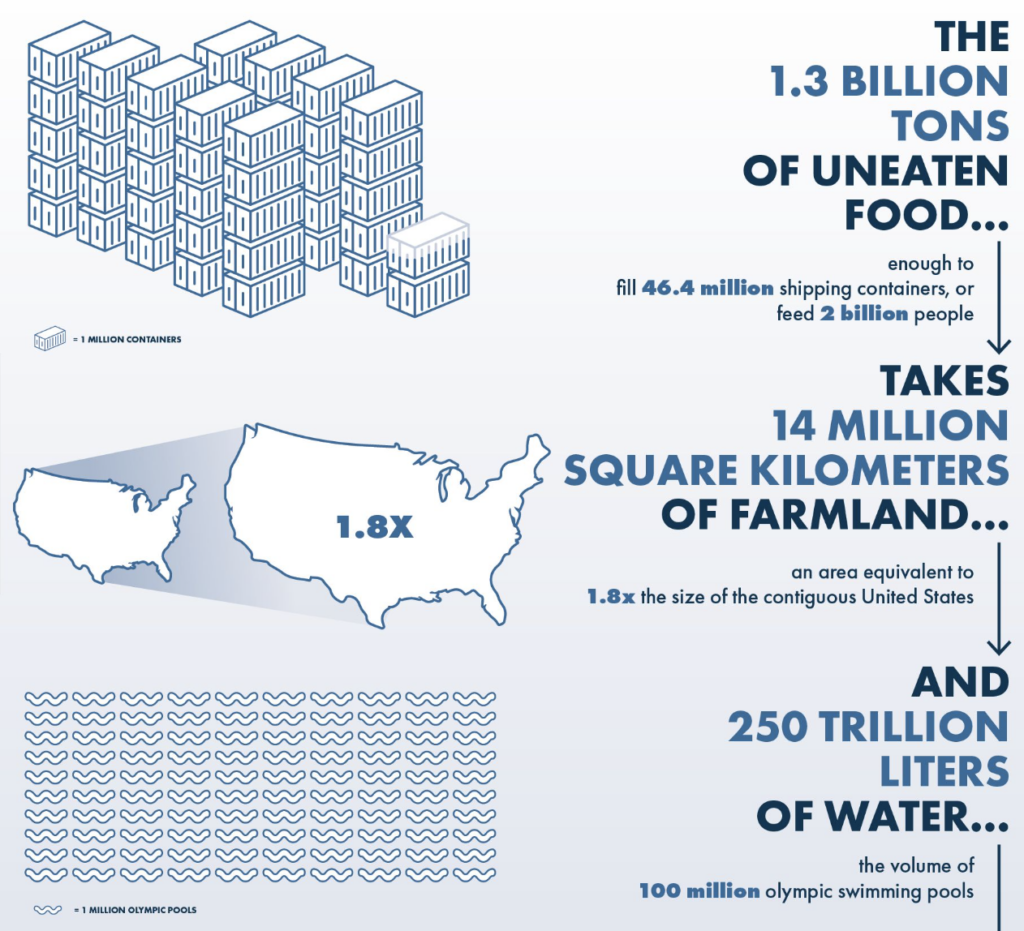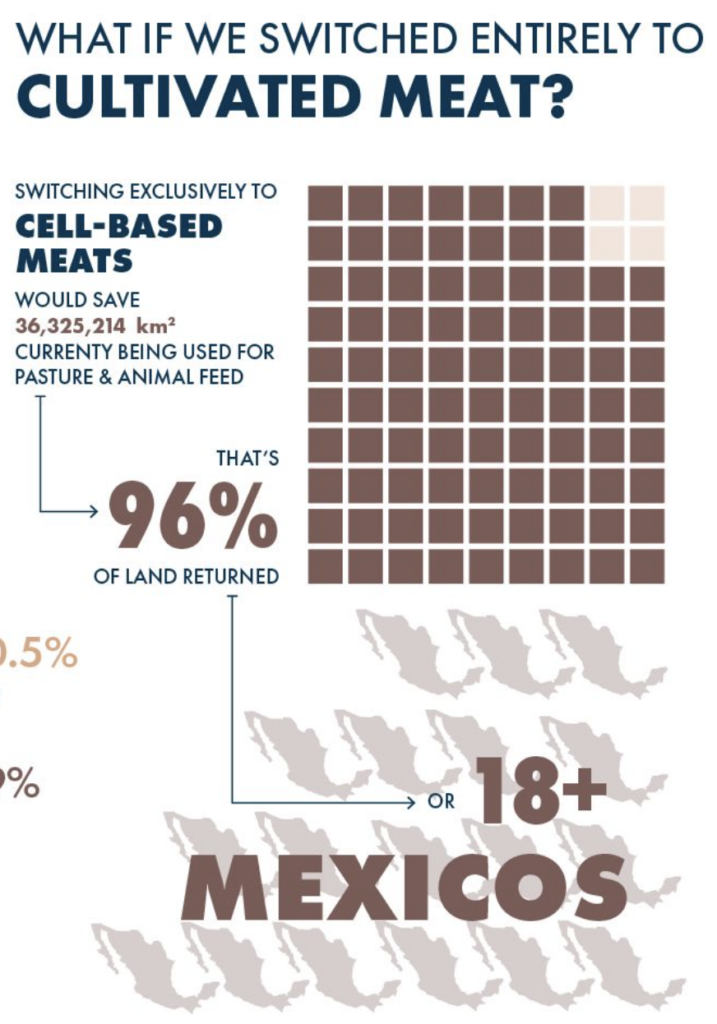
A new map by RA Capital Management and the Nature Conservancy uncovers ‘the true impact’ of agriculture on Earth’s systems, and why it’s the most overlooked opportunity to improve public and planetary health.
Despite the food system using half of Earth’s habitable land and 70% of its freshwater resources, and generating more methane than any other industry, its impact and scale often go unnoticed.
A new Agriculture Map aims to change that. Created by investment firm RA Capital Management’s Planetary Health team and NGO the Nature Conservancy, the tool blends “proprietary data analysis” with a “systems-level approach” to help visualise agriculture’s effects on the planet and provide solutions to stakeholders at all levels.
“The environmental and human health challenges posed by the food system are well-understood in some circles, but making this information material and actionable to stakeholders can be a real challenge,” said Stephen Wood, a senior scientist of agriculture and food systems at the Nature Conservancy.
“This map makes it possible for non-experts to quickly understand the scope and scale of the problem, as well as the solutions,” he noted.
Here are some key takeaways from the Agriculture Map.
Agriculture’s climate impact outweighs other industries, including oil and gas

The agriculture industry produces more output by weight, from food and fibre to fuel and wood, than each of the cement, steel, and oil and gas industries. When it comes to greenhouse gas emissions, its impact is larger than all three of these heavy industries combined.
Further, agriculture consumes more water and causes more water pollution than any other human activity. The other industries use just a fraction of the water agriculture does, and less than 1% of its land footprint.
Energy is the only area where these heavy industries surpass agriculture, given the use of fossil fuels as power sources.
Food production is the biggest methane culprit

More than any other human activity, it’s agriculture that releases the most amount of methane into the atmosphere. This gas is 28 times more potent than carbon over a 100-year period, and is linked to hundreds of thousands of premature deaths.
The map shows that enteric fermentation, manure, and rice paddies contribute to 24% of global methane emissions. The digestive system of cows alone emits more methane than the oil, coal and bioenergy sectors combined. In fact, the overall GHG impact of cattle is roughly the same as all cars on the road globally.
The amount of food we waste is off the charts
Roughly a third of all food produced never ends up being eaten. That could actually feed a quarter of the world’s population, helping alleviate global hunger.
It’s not just a blight to food security, but also to the planet. The land required to grow all the food we waste is almost twice the size of the US, and the water needed would fill 100 million Olympic-sized swimming pools. That’s a lot of resources to eventually toss into the bin.

Ozempic could make the food system more equitable
The report suggests that the food system produces twice as many calories as needed to support the global population, concluding that the driver of malnutrition and food insecurity isn’t a lack of food, but rather inadequate distribution.
The rise of weight-loss drugs like Ozempic and Mounjaro “likely foreshadows [a] further reduced need for producing excess calories in richer countries”.
Switching to cultivated meat brings massive land benefits
If the entire meat industry were to exclusively switch to cultivated proteins, it would save over 36.3 million sq km of area currently being used for pasture and animal feed. It would free up 96% of land currently being used by the livestock sector – that’s equivalent to more than 18 Mexicos.

So, what can we do?
While these stats make for grim reading, there are a host of solutions that can help decarbonise the food system and safeguard the planet’s future.
The report touts the use of feed additives, vaccines, improved manure management, and rotational grazing to cut the methane impact of cattle, although studies have warned that the efficacy of some additives is vastly overstated.
Optimising yields by applying the most productive practices across all staple grains and produce globally can help clear up land the size of Mexico. Shifting a significant chunk of fruit and vegetable production to greenhouses could save up to 40% of the land it currently uses.
The report advocates for on-field interventions like cover crops, nutrient optimisation, weed control, and genetically optimised plant traits, as well as edge-of-field measures such as land restoration and terracing.
Finally, the adoption of alternative proteins to reduce or replace animal-based foods represents a $14B opportunity, with more than 200 startups working in the space. The impact of displacing conventional meat with cellular agriculture exhibits the potential of protein diversification in the long term.
“If we are serious about tackling climate change, water pollution, and food security, we must rethink how we grow, produce, and manage our resources,” said Kyle Teamey, managing partner of RA Capital’s Planetary Health team. “Sustainable solutions are not just an option – they are a necessity to transform agriculture into a cleaner, more efficient, and resilient industry that can feed the world for generations to come.”
The post Agriculture: The Planet’s Biggest Resource Drain, And Our Most Untapped Solution appeared first on Green Queen.
This post was originally published on Green Queen.